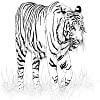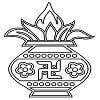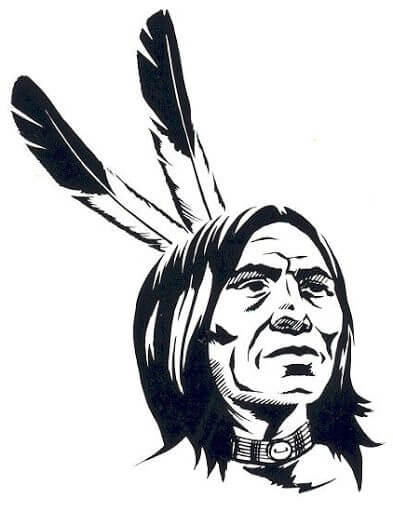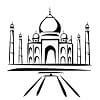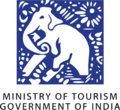- Home
- Holiday Ideas
-
-
- Choose Your Traveling Theme
-
- Adventure Tourism
-
- Cultural Tourism
-
- Tour Packages
-
-
- Packages by State
-
- Holidays by Interest
-
- Popular Tour Packages
-
- Fair And Festivals
-
- Ayurveda And Yoga
-
- Offers
-
- Destinations
-
Dharamsala
Little Tibet in India
Dharamsala
A pristine green expanse ringed by the mist-shrouded Himalayas and a dense cover of oak, deodar, pine and conifers, Dharamsala (Dharamshala), in Himachal Pradesh, may be a secluded natural retreat. While its pristine beauty leaves you in awe, its rugged terrain is right for adventure sports like trekking, paragliding or hiking . A mesmeric journey within the pretty toy train that meanders through picturesque scenery is another attraction.
...Dharamsala is renowned because the home of the Dalai Lama , the Tibetan Buddhist leader, and may be a popular centre of Buddhism. Dotted with colourful monasteries, it offers tourists an excellent opportunity to meditate and soak within the serenity and tranquillity of the environment . a serious attraction is one among the foremost beautiful cricket stadiums within the world that has hosted variety of international and Indian Premier League (IPL) matches.
Tourists can take nature walks through verdant landscapes or enjoy a picnic spread along the banks of the lakes here. Quaint churches nestled in groves and ancient temples greet you at the most turns. the guts of Dharamsala beats in its bustling and vibrant markets that are a riot of colour and activity.
From exquisite multi-hued Tibetan Buddhist thangka paintings and miniature Buddha statues to singing bowls and Tibetan handicrafts, the bazaars have a fine selection on display. As you shop to your heart’s content, do not forget to sample authentic Tibetan delicacies like thukpa (a soupy noodle dish), momos, golden fried baby corn, mittha (local sweet prepared with rice and raisins) etc.
To get an summary of the uniquely rich culture of the town , which is usually fondly called the small Tibet, tourists can assail a museum trail or visit the famous Norbulingka Institute that’s said to be the gatekeeper of the art and culture of Lamaism . you’ll also observe local artisans practicing the art sorts of thangka painting and applique, statue-making and ornamental wood carving, wood painting, weaving and tailoring.
Dharamsala was the summer vacation retreat for Britishers and grew as a Tibetan settlement in 1959, when the Dalai Lama was allowed by the then Prime Minister of India, Nehru , to remain in McLeodganj, in Upper Dharamsala.
How to get there ?
By Air
Gaggal Airport, 13 km away, is the nearest airport. More convenient options are Chandigarh and Amritsar, which are connected by various airlines from different Indian cities.
By Road
Good motorable roads connect Dharamsala with other Indian cities and towns.
Rail
The nearest railhead is Pathankot, which is connected with all major cities in the country. Tourists can take a ride on narrow gauge train between Pathankot and Kangra.
Attractions
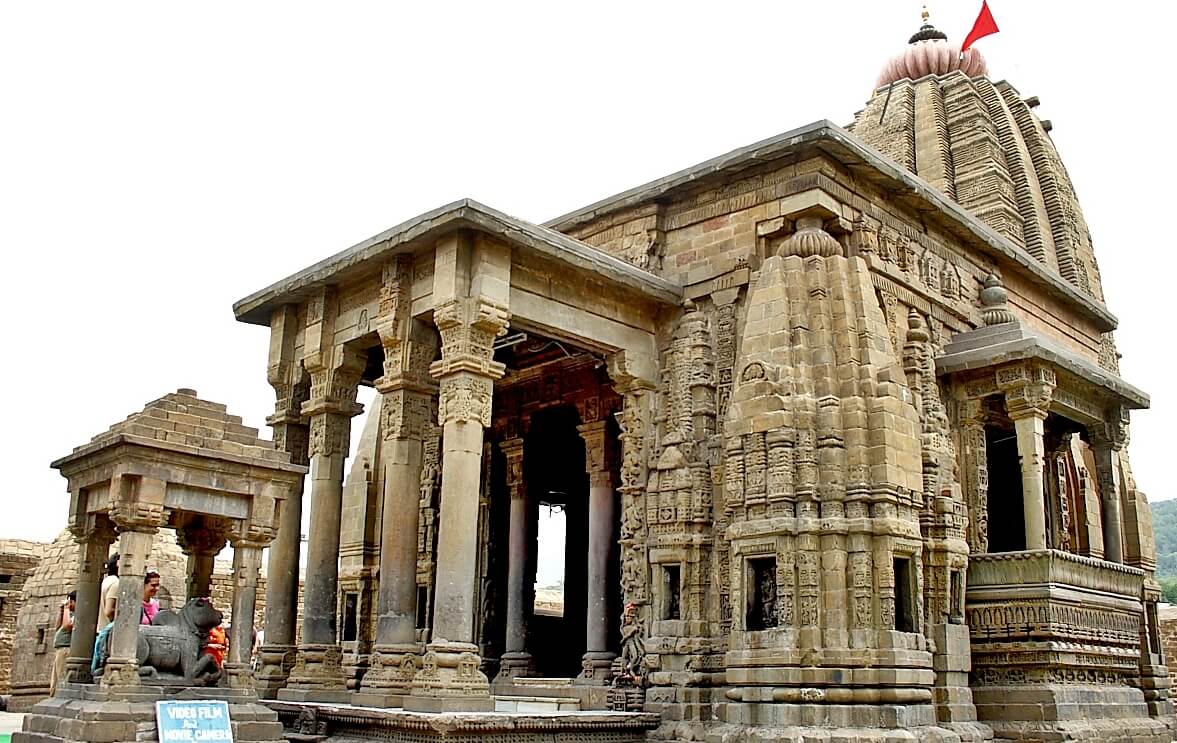
Baijnath
Situated on the banks of the pristine Gomti river, Bajinath lies at an altitude of 1,130 m. Best known for the famous 13th-century temple dedicated to Lord Shiva, who is worshipped as Vaidyanath or the Lord of physicians. The Baijnath temple has been a big spiritual site ever since its construction in 1204 AD. it’s a gorgeous example of early medieval north Indian temple architecture referred to as Nagara sort of temples. the 2 long inscriptions within the porch of the temple indicate that a temple of Lord Shiva existed on the spot even before this one was constructed.
Bajinath may be a bout amongst the towering Dhauladhar range of the Himalayas and is a popular site for paragliding enthusiasts trying to find an adrenaline rush. the whole area is dotted with temples dedicated to varied deities that hold great spiritual importance for the local people. Around 3 km from Baijnath, is that the famous Tashi Jong Monastery, known for its ornamental terraces and delightful decorative banners.
Andretta Artist Village
An iconic heritage colony, Andretta Artist Village may be a centre of theatre, pottery and art. Surrounded by the snow-capped Dhauladhar range and therefore the bamboo groves of the Shivaliks, the village enjoys surreal beauty. The credit for the event of this extraordinary village goes to Norah Richards, a young Irish woman, who came to the village in pre-independence India. She was married to Philip Richards, who was a professor at Government College, Lahore. She had first arrived in Lahore, a crucial cultural centre in 1908, and have become the vice-principal of the noted Dayal Singh College. She had been involved in establishing Punjabi theatre within the city before returning to England after her husband died. She came to Andretta in 1920 and commenced her journey to revive theatre within the region. it had been here that she began the Woodland Estate, which is now a well-liked stopover for artists from all avenues. The village was home to painter B C Sanyal and professor Jai Dayal Singh, a pupil of Philip Richards from Lahore University, through the 1940s. Sanyal started organising painting exhibitions to fund the Norah Centre for Arts and a resort. Noted painter, Sobha Singh, best known for creating Sikh religious paintings, moved in and stayed here till his death in 1986.
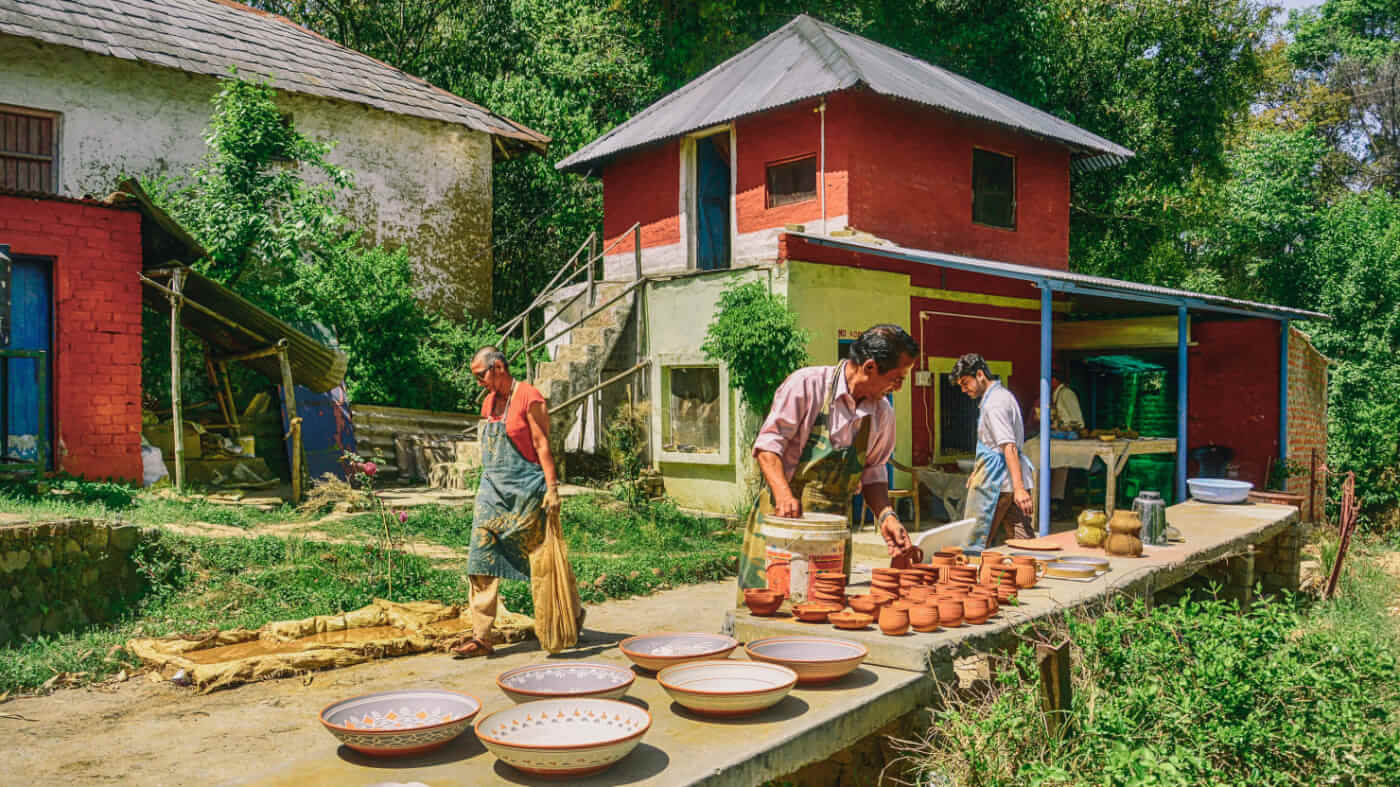
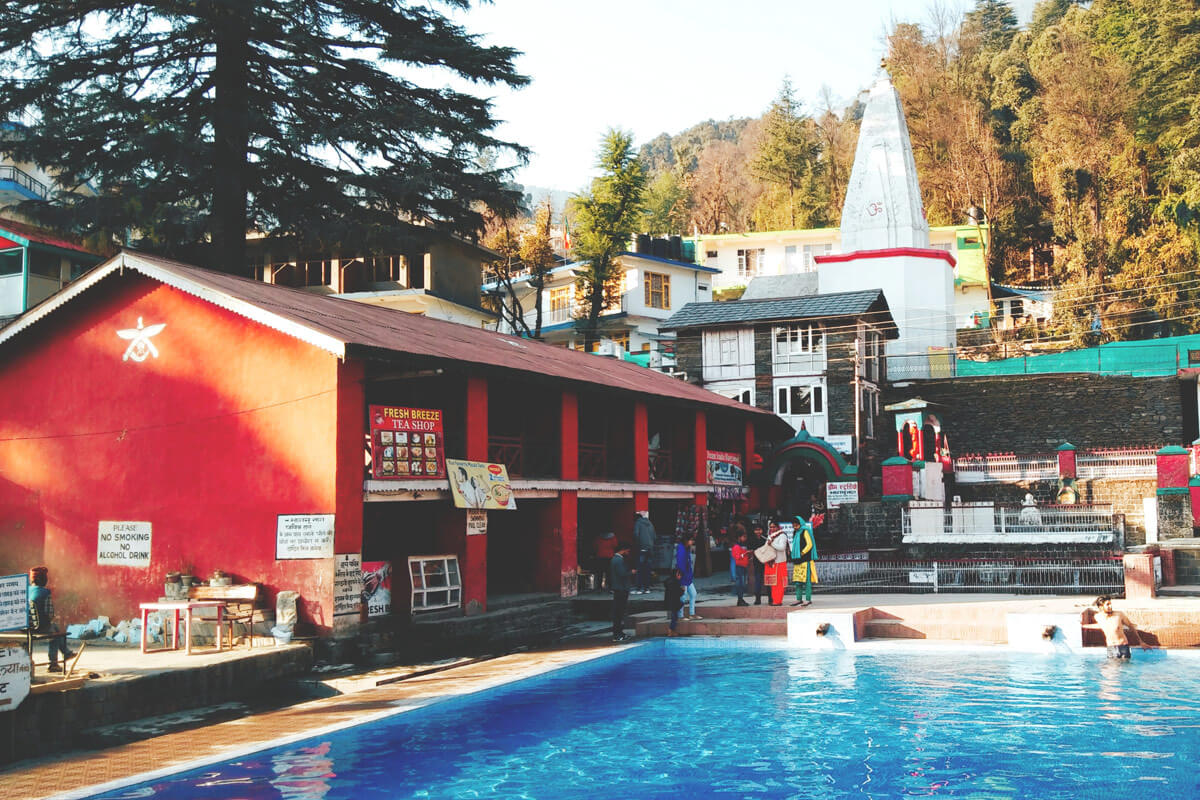
Bhagsu Nag
One of the main attractions near McLeodganj is Bhagsu Nag, a temple that was rebuilt by the primary Gurkha rifles stationed here after the earthquake in 1905. consistent with local legend, 5,000 years ago, Nagdevata, the zombi was drawn into a battle with an area king, Bhagsu, who stole water from the sacred Nag Dal Lake. King Bhagsu was vanquished and forgiven by the god and therefore the site was consecrated as Bhagsu Nag. The temple may be a place for pilgrimage for the indigenous Gurkha people from the nearby villages of Bhagsu and Dharamkot and is found in Bhagsu village near the Dal lake. During monsoons, the Bhagsu Waterfall, located around 10 minutes from the temple, may be a delightful sight with its full bodied stream stretching overflow 25 ft, enhancing the contrasting black and green colours of the rocks and vegetation. one among the foremost popular attractions around Dharamsala, Bhagsu is frequented by tourists and adventure enthusiasts alike due to the various trails within the area that provide short albeit delightful journeys through the encompassing forests.
Chamunda Devi
One of the foremost important spiritual sites within the region, Chamunda Devi Temple is devoted to Goddess Kali. one among the nine temples (nau devi yatra) that are a neighborhood of the ritualistic pilgrimage across north India for several devotees, this temple is among the oldest monuments in Chamba. Constructed almost entirely of wood, it had been built by Raja Umed Singh, the king of Jodhpur, in 1762.
The temple is situated amidst serene environs and tourists can get mesmerising views from the highest . It overlooks a fascinating view of the gorgeous township, and therefore the better a part of the Chamba valley. aside from the idol of Goddess Kali, the temple features a small cave-like depression that houses a stone phallus as a tribute to Lord Shiva, who is fabled to be the protective overlord of the region.
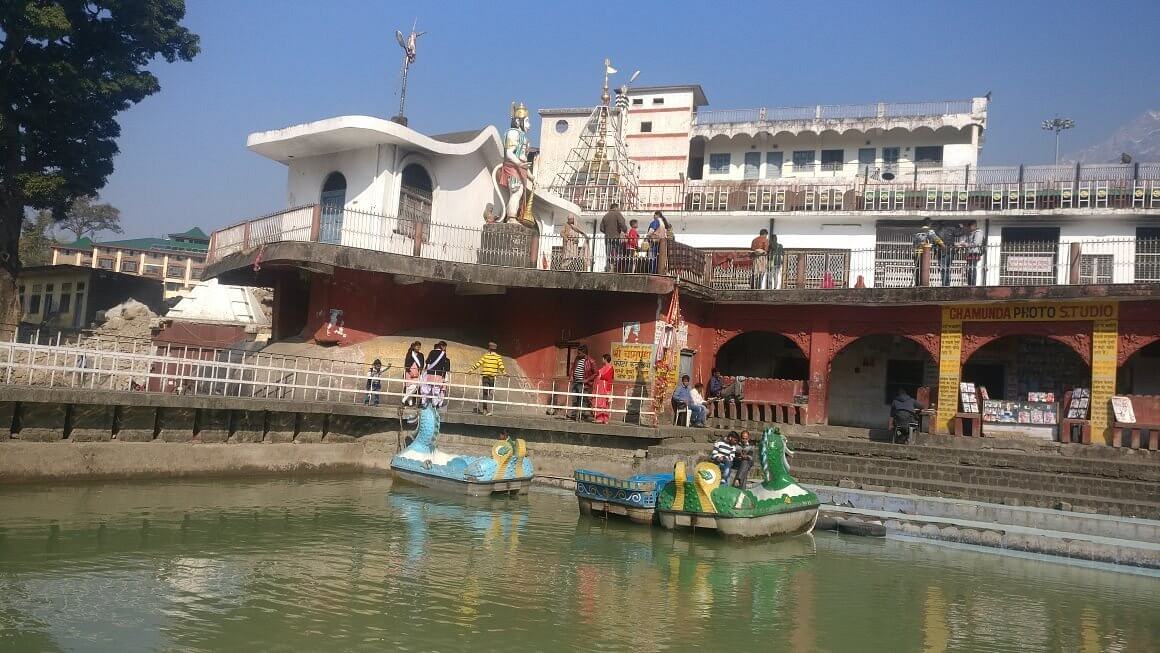
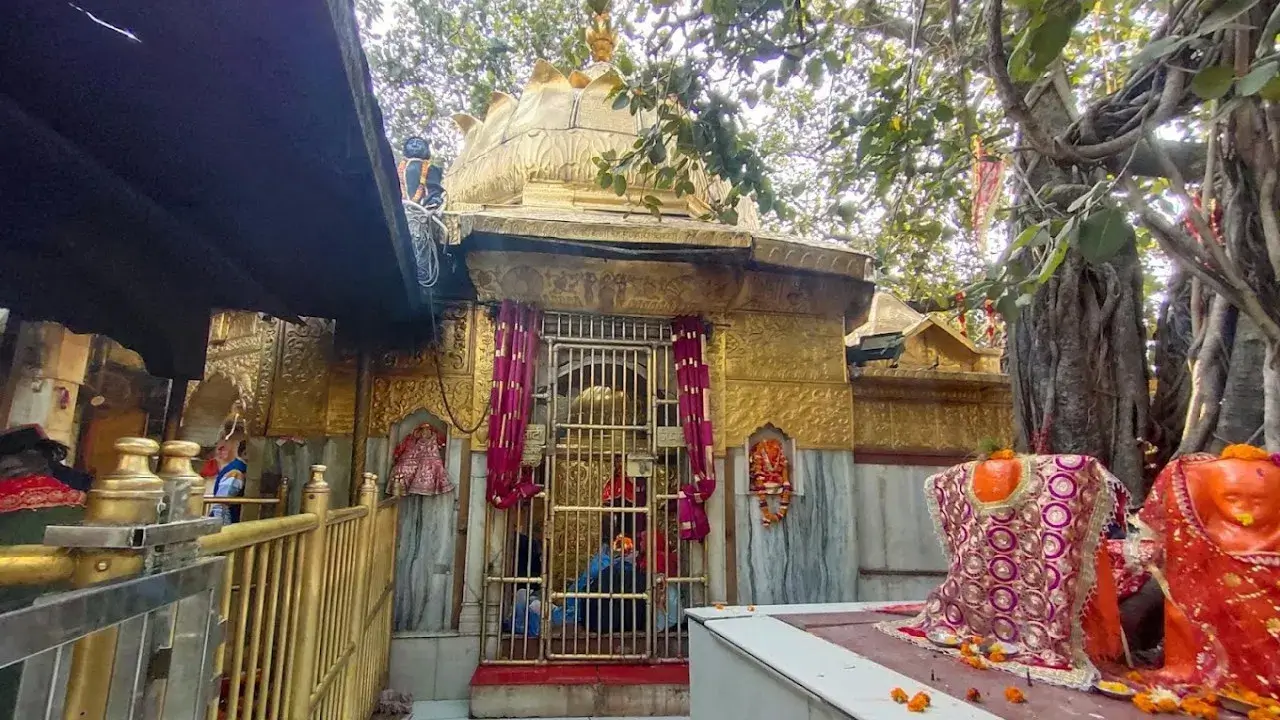
Chintpurni
One of the shaktipeethas (devotional shrines where the severed body parts of Goddess Sati fell), Chintpurni Temple is found around 80 km from Dharamsala. The presiding deity is Goddess Chintpurni, who is claimed to get rid of worries, and is represented by a pindi (round stone idol). Legend has it that when Lord Vishnu severed Maa Sati’s body in 51 parts to finish Lord Shiva’s dance of cosmic destruction, the parts got scattered over different places in India. Considered one among the foremost important among 51 shaktipeethas, it’s believed the top of Goddess Shakti fell at Chintpurni.
The Chintpurni Devi Temple is visited by devotees from everywhere India, who come to wish at the lotus feet of Mata Chhinnamastika Devi. Puranic traditions state that Chhinnamastika Devi is protected by Rudra Mahadev or Lord Shiva in four directions. At an equal distance from Chintpurni stand four Shiva temples , Muchkund Mahadev in north, Shiva Bari in south, Kaleshwar Mahadev in east and Narayna Mahadev in west. The temple remains open between 4 am and 11 pm.
McLeodganj
A serene hill town near Dharamsala, McLeodganj is bestowed with unparalleled natural beauty within the sort of verdant landscapes and snow-capped mountains. This hill station, perched at a height of 1,770 m above water level , is renowned because the home of the Dalai Lama , the Tibetan leader . Besides visiting the various monasteries located here and exploring their culture, tourists can enjoy trekking opportunities. due to its rich Buddhist heritage, McLeodganj is additionally called Little Lhasa (traditional capital of Tibet). Tourists also can buy unique Tibetan handicrafts or sample the rich flavours of the region. McLeodganj has been named after Donald Friell McLeod, the then elected official of Punjab. Tourists also can visit the 8th-century Masroor Temple, a rock-cut structure inbuilt the Nagara sort of architecture.
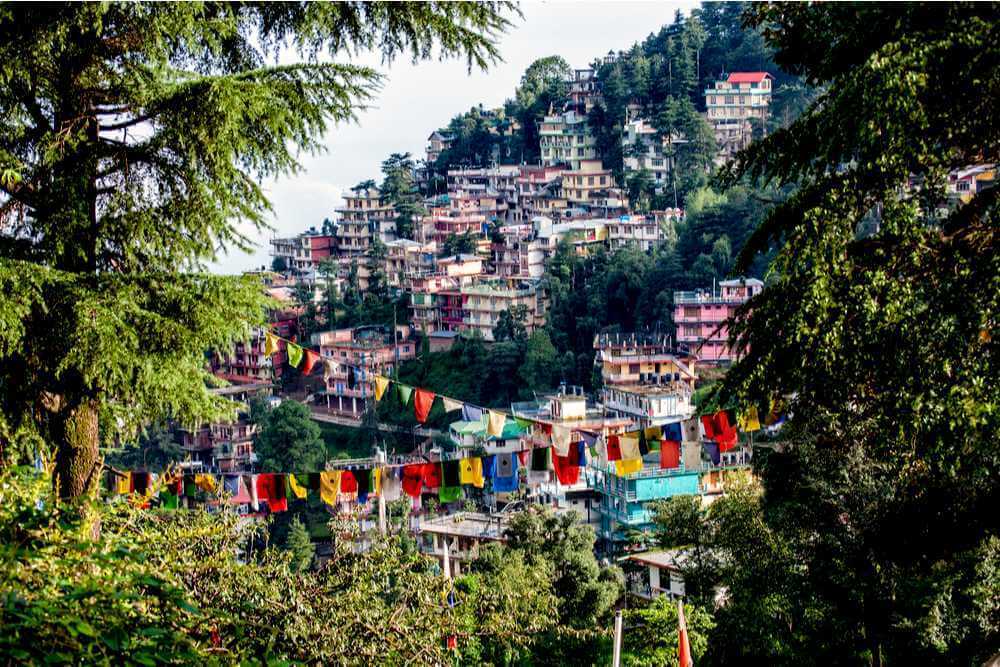
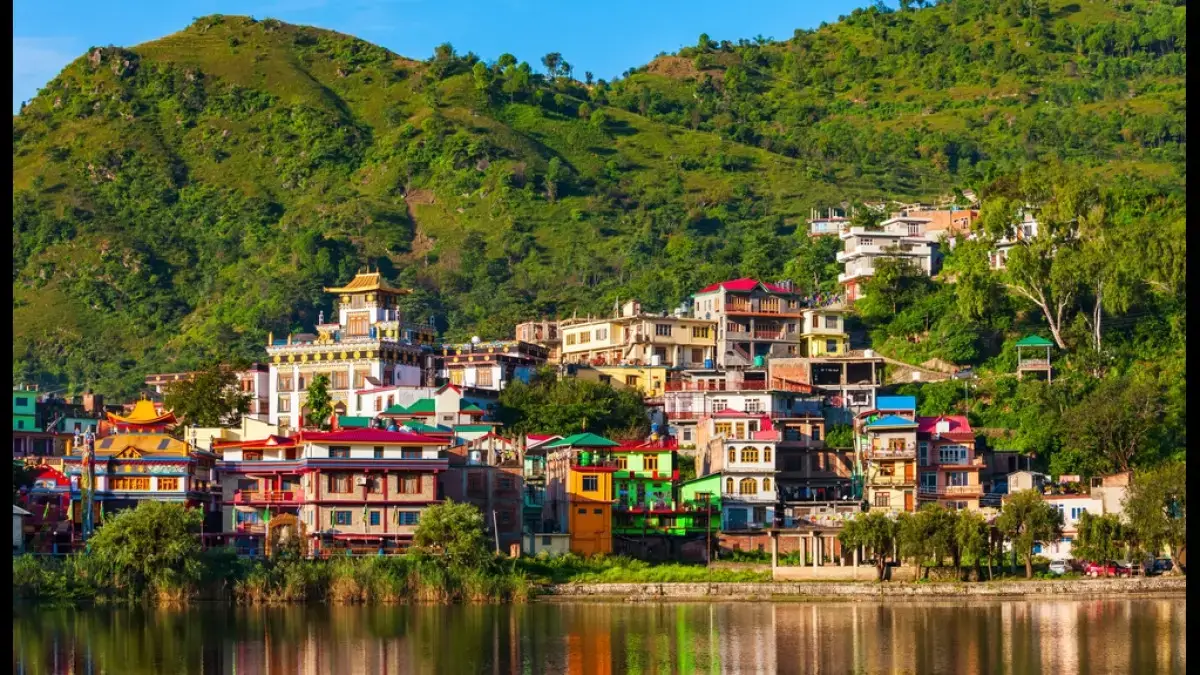
Rewalsar
Speckled with temples, a Gurudwara and monasteries, Rewalsar is a perfect spot for praying, meditation and soaking in peace and serenity. Popularly mentioned as Trisangam (confluence of three holy communities), it is an example of spiritual tolerance and harmony. Rewalsar is additionally called Tso Pema (Lotus Lake) by Tibetan and Himachali Buddhists in honour of Indian yogi Padmasambhava, who once lived and meditated here. Above the lake, on the hillside, may be a 12-m-high statue of Padmasambhava. the most attraction is that the square-shaped Rewalsar Lake with a shoreline of around 735 m. Tourists also can head to Rewalsar Zoo to catch a glimpse of local fauna.
The villages surrounding Rewalsar also are worth visiting as they boast beautiful landscapes. Located just above Rewalsar are seven lakes related to the Pandavas of the Mahabharata. Legend has it the town was related to Lord Shiva and Rishi Lomas. Rewalsar also finds an area in Skanda Purana. because the story goes, a Hindu sage named Lomas was trying to seek out an area to worship and while travelling, he climbed the highest of Drona mountain. From there, he saw a picturesque lake and decided to meditate. He was later blessed by Lord Shiva and Goddess Parvati. Guru Gobind Singh, the 10th Sikh guru visited and stayed at Rewalsar for around a month to consult the kings of Capitol Hill states to hunt support against Mughal emperor, Aurangzeb. Later, Raja Joginder Singh of Mandi got a Gurudwara constructed here in 1930 to commemorate the visit of the Sikh Guru.
St John in the Wilderness Church
Nestled amongst tall coniferous and pine trees is that the St John within the Wilderness Church, widely known for its architectural intricacies and Gothic style. the gorgeous polished wood of the altar railings and therefore the brass oil lamps along side glass windows are particularly attractive and diminish the forbidding appearance of the stone building. an enormous bell near the doorway was brought especially from England in 1915. A memorial that dominates the environs is that the elaborate stone structure erected in honour of Lord Elgin, British Viceroy who died at Dharamsala in 1863. The church was constructed in 1852 and is that the final resting place of the many Europeans who perished during a massive earthquake that struck Chamba in 1905. it’s only open on Sundays for the weekly mass that’s still held at 10 am.
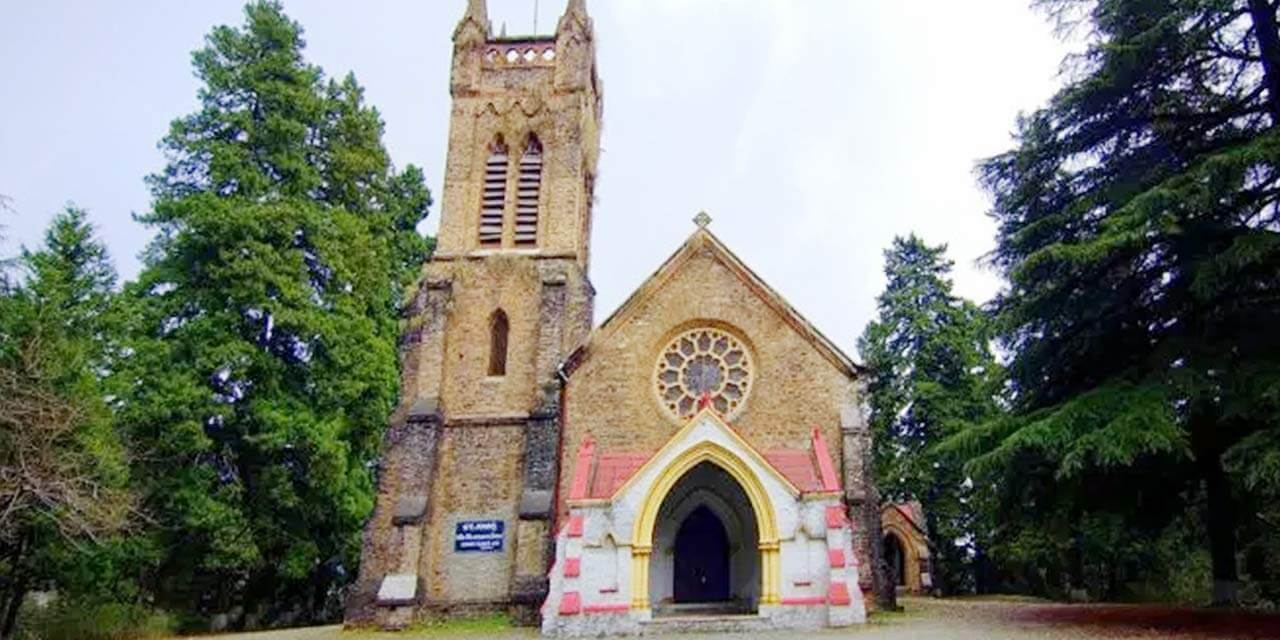
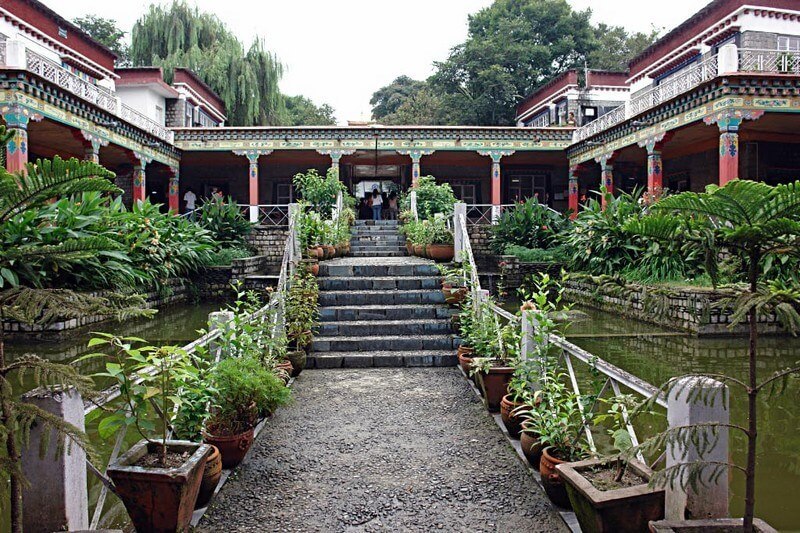
The Norbulingka Institute
The keeper of culture and tradition of the region, the Norbulingka Institute may be a popular tourist attraction. it’s a singular , self-sustaining institute that has been maintaining traditions for generations. One can get a first-hand experience of Tibetan art here that’s produced using methods that are practised and passed down for several centuries. inbuilt the normal Tibetan style, the institute is situated during a valley below the town of Dharamsala. Exploring the gorgeous campus are often an occupying activity. you’ll interact with local artisans practicing the art sorts of thangka painting and applique, statue-making and ornamental wood carving, wood painting, weaving and tailoring, and buy great souvenirs. The Losel Doll Museum within the premises has over 150 dolls in traditional costumes from various regions of Tibet. These were made by artist monks from the Drepung Loseling Monastery as a part of a project to support their monastery. Visitors also can get to the round-the-year open Hummingbird Cafe and luxuriate in a good sort of delicacies. The flagship patronize Norbulingka offers a variety of products created at the institute, from handcarved furniture to clothing line to thangkas.
Tsuglakhang
The residence of the Dalai Lama , Tsuglakhang is home to the replica of the first Tsuglakhang temple at Lhasa. It houses the Namgyal Monastery and a number of other shrines in its premises, along side statues of Lord Buddha, Guru Rinpoche ( an 8th century Buddhist master) and Chenrezig (a revered Bodhisattva).
Tsuglakhang would also appeal to art lovers because it boasts a number of the foremost splendid artworks of the region. Tourists also can assail the meditation trail of Ling Khor that takes you to several small shrines, a big chorten and a number of other stupas.
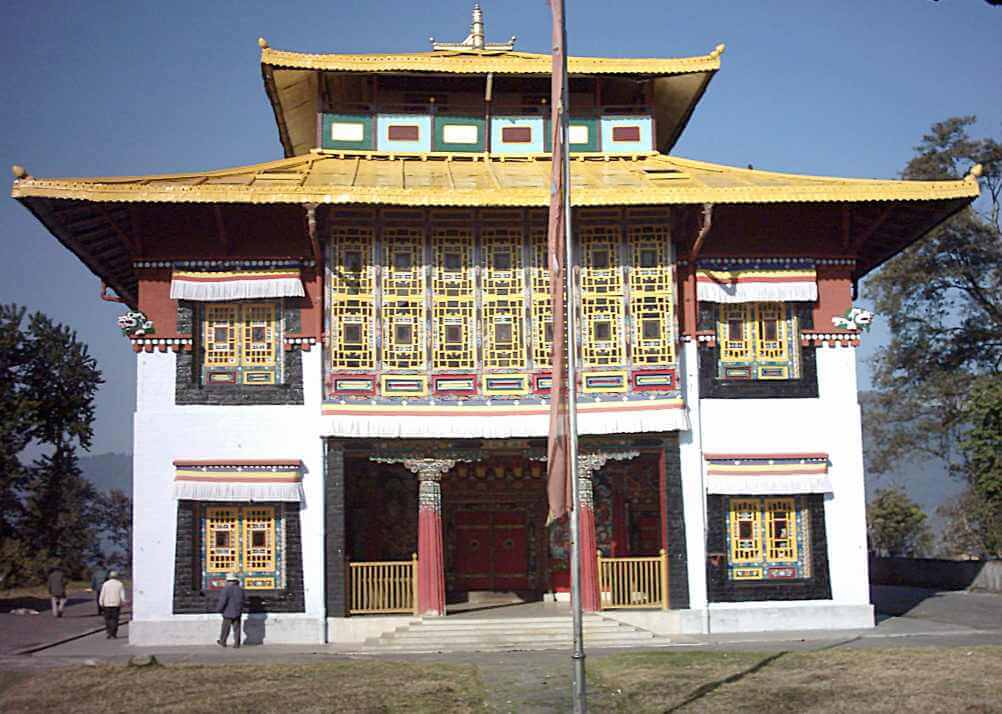
WANT TO RENT A CAR IN INDIA ?
Choose Your Traveling Theme

 TOUR BOOKING
TOUR BOOKING


